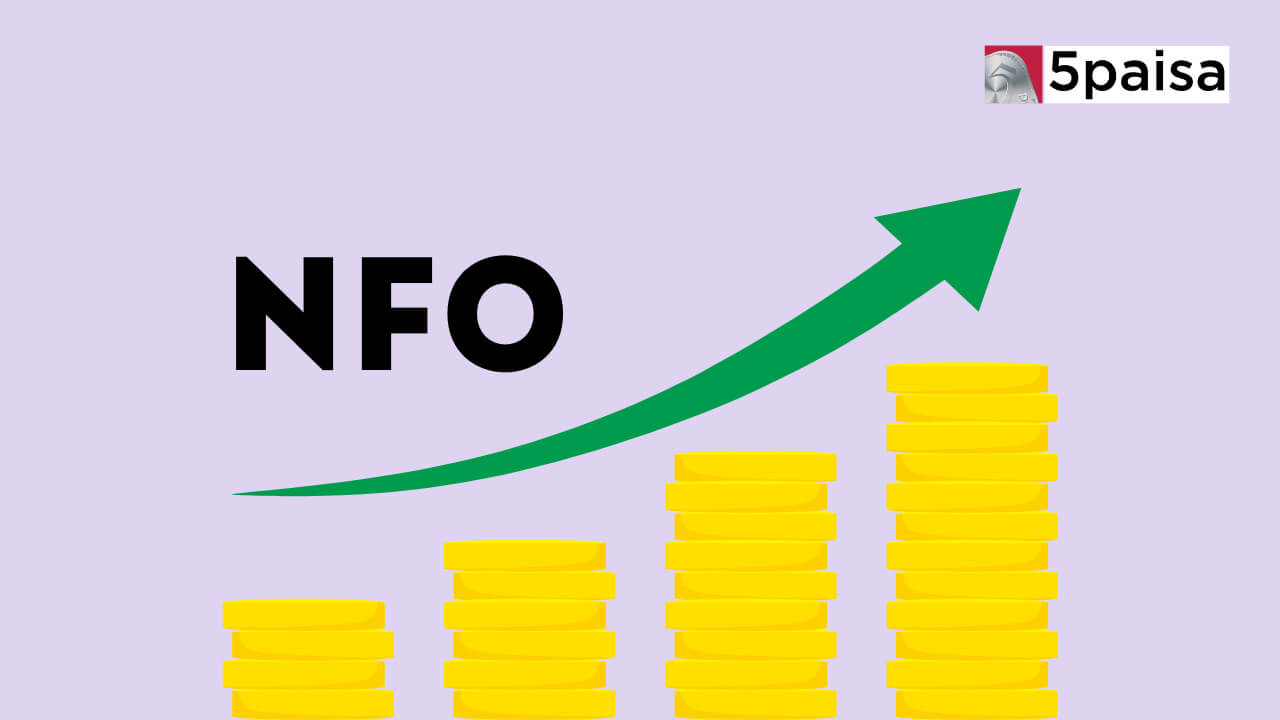List of Best Silver ETF to Invest
Best SIP Investment Plan For 3 Years

Many individuals aspire to build wealth over time. One effective strategy for accomplishing this is through Systematic Investment Plans (SIPs) in mutual funds. SIPs offer a convenient and disciplined approach to investing, allowing individuals to invest a fixed amount at regular intervals.
What is a Systematic Investment Plan (SIP)?
A Systematic Investment Plan (SIP) is a strategic way to invest in mutual funds. It involves committing to invest a fixed amount at regular intervals, such as monthly or quarterly. This predetermined sum is automatically deducted from your bank account and invested in your chosen mutual fund scheme. SIPs promote disciplined investing, making it easier to stay invested and benefit from rupee cost averaging. To make smarter and more informed investment decisions, investors often rely on tools like a sip calculator.
10 Best SIP Plans for 3 Years In India To Invest In 2025
Here are the top 10 mutual fund SIP schemes based on their past performance and expense ratio:
| Scheme Name | Plan | Category Name | 3Y |
| Quant Mid Cap Fund - Direct Plan-Growth | Direct Plan | Mid Cap Fund | 21.02% |
| Quant Small Cap Fund - Direct Plan-Growth | Direct Plan | Small Cap Fund | 21.25% |
| ITI Mid Cap Fund - Direct Plan-Growth | Direct Plan | Mid Cap Fund | 21.08% |
| Bank of India Manufacturing & Infrastructure Fund - Direct Plan-Growth | Direct Plan | Sectoral/Thematic | 20.31% |
| Quant Large and Mid Cap Fund - Direct Plan-Growth | Direct Plan | Large & Mid Cap Fund | 18.81% |
| JM Flexi Cap Fund - Direct-Growth | Direct Plan | Flexi Cap Fund | 22.38% |
| JM Value Fund - (Direct) - Growth | Direct Plan | Value Fund | 21.10% |
| Mahindra Manulife Mid Cap Fund - Direct Plan-Growth | Direct Plan | Mid Cap Fund | 20.55% |
| Bandhan Small Cap Fund - Direct Plan-Growth | Direct Plan | Small Cap Fund | 24.06% |
| Quant ELSS Tax Saver Fund - Direct Plan-Growth | Direct Plan | ELSS | 13.88% |
An Overview Of The Top SIP Plans Investment In India
If you have a 3-year investment horizon, here are some top SIP plans to consider:
Quant Mid Cap Fund - Direct Plan - Growth
● Type: Mid Cap Fund
● Launched: January 2013
● Overview: This fund invests in sectors like Energy, Services, Financial, Healthcare, and Metals & Mining. It has shown strong performance and resilience in tough market conditions.
Quant Small Cap Fund - Direct Plan - Growth
● Type: Small Cap Fund
● Launched: January 2013
● Overview: With a focus on sectors like Financial, Energy, Metals & Mining, Services, and Construction, this fund has delivered robust returns, although it has a slightly lower performance in down markets.
ITI Mid Cap Fund - Direct Plan - Growth
● Type: Mid Cap Fund
● Launched: February 2021
● Overview: This newer fund invests in Capital Goods, Financial, Energy, Metals & Mining, and Healthcare sectors. It has shown solid performance with good control over losses.
Bank of India Manufacturing & Infrastructure Fund - Direct Plan - Growth
● Type: Sectoral/Thematic
● Launched: January 2013
● Overview: This fund focuses on manufacturing and infrastructure, with investments in Energy, Construction, Metals & Mining, Automobile, and Communication sectors. It has average performance in down markets.
Quant Large and Mid Cap Fund - Direct Plan - Growth
● Type: Large & Mid Cap Fund
● Launched: January 2013
● Overview: This fund invests in sectors such as Energy, Metals & Mining, Capital Goods, Financial, and Services. It has consistently outperformed peers in various market conditions.
JM Flexicap Fund - Direct Plan - Growth
● Type: Flexi Cap Fund
● Launched: January 2013
● Overview: With investments in Capital Goods, Financial, Automobile, Construction, and Energy, this fund offers lower fees and strong performance in both up and down markets.
JM Value Fund - Direct Plan - Growth
● Type: Value Fund
● Launched: January 2013
● Overview: This fund focuses on Financial, Capital Goods, Automobile, Consumer Discretionary, and Construction sectors. It has shown good performance with an above-average ability to manage losses.
Mahindra Manulife Mid Cap Fund - Direct Plan - Growth
● Type: Mid Cap Fund
● Launched: January 2018
● Overview: This fund invests in Financial, Healthcare, Capital Goods, Metals & Mining, and Services sectors. It has performed well and charges lower fees compared to peers.
Bandhan Small Cap Fund - Direct Plan - Growth
● Type: Small Cap Fund
● Launched: February 2020
● Overview: This fund focuses on Financial, Services, Healthcare, Metals & Mining, and Capital Goods sectors. It has a strong track record of performance and high ability to control losses.
Quant ELSS Tax Saver Fund - Direct Plan - Growth
● Type: ELSS
● Launched: January 2013
● Overview: This tax-saving fund invests in Energy, Financial, Metals & Mining, Technology, and Consumer Staples. It has shown consistent returns and moderate performance in down markets.
Importance of SIPs in Financial Planning
SIPs plays a vital role in financial planning for several reasons:
● Rupee Cost Averaging: By periodically investing a fixed amount, you can potentially average the cost of your investments over time, mitigating the impact of market fluctuations.
● Disciplined Approach: SIPs encourage a disciplined investing mindset as you commit to investing a set amount regularly, regardless of market conditions.
● Compounding Benefits: SIPs allow you to harness the power of compounding, where your investment gains generate additional returns over time.
● Flexible and Affordable: You can start small with SIPs, investing as little as a few hundred rupees each month, making it an accessible option for investors with limited capital.
Why Choose a 3-Year SIP Plan?
A 3-year SIP plan can be advantageous for the following reasons:
● Shorter Investment Horizon: This timeline suits short-term to medium-term financial goals, such as saving for a down payment, funding education, or building an emergency fund.
● Potential for Higher Returns: While longer horizons are generally recommended for equity investments, a 3-year SIP plan can still offer the potential for higher returns compared to traditional fixed-income investments.
● Diversification: Investing in a well-diversified portfolio of mutual funds through a 3-year SIP plan can help mitigate risk and provide exposure to different asset classes and sectors.
Factors to Consider When Choosing a SIP Plan
When selecting a SIP plan, consider the following factors:
● Investment Objective: Determine your investment objectives, such as capital appreciation, income generation, or a combination.
● Risk Tolerance: Assess your risk tolerance level and choose a mutual fund scheme that aligns with your risk profile.
● Fund Performance: Evaluate the mutual fund scheme's past performance, keeping in mind that past performance does not guarantee future results.
● Expense Ratio: Consider the expense ratio of the mutual fund scheme, as it can significantly impact your overall returns over the long term.
● Fund Manager's Experience: Research the fund manager's experience and track record, as they can be crucial factors in the fund's performance.
SIP vs. Lump Sum Investment
While SIPs offer benefits like rupee cost averaging, disciplined investing, and flexibility to start small, lump sum investments can also be an effective strategy with their own advantages and disadvantages:
SIP Advantages:
● Rupee Cost Averaging
● Disciplined Approach
● Flexibility to Start Small
● Reduced Impact of Market Volatility
Lump Sum Investment Advantages:
● Potential for Higher Returns (if timed correctly)
● Simplified Investment Process
The choice between SIP and lump sum investment depends on your investment goals, risk tolerance, and personal financial situation.
Conclusion
Investing in the right SIP plans can effectively achieve your short-term to medium-term financial goals. By considering factors such as investment objective, risk tolerance, fund performance, and expense ratio, you can choose a SIP plan that aligns with your investment strategy and helps you build wealth over time. A systematic investment plan calculator helps individuals estimate the future value of their monthly investments by considering factors such as investment amount, duration, and expected return rate.
Frequently Asked Questions
What Type of Mutual Funds Should I Consider for a 3-Year SIP?
What Are the Risks Involved in a 3-Year SIP?
Are There Any Tax Implications for Investing in SIPs for 3 Years?
- 0% Commission*
- Upcoming NFOs
- 4000+ Schemes
- Start SIP with Ease
Trending on 5paisa
Mutual Funds and ETFs Related Articles
Disclaimer: Investment in securities market are subject to market risks, read all the related documents carefully before investing. For detailed disclaimer please Click here.

 5paisa Research Team
5paisa Research Team
 Sachin Gupta
Sachin Gupta




